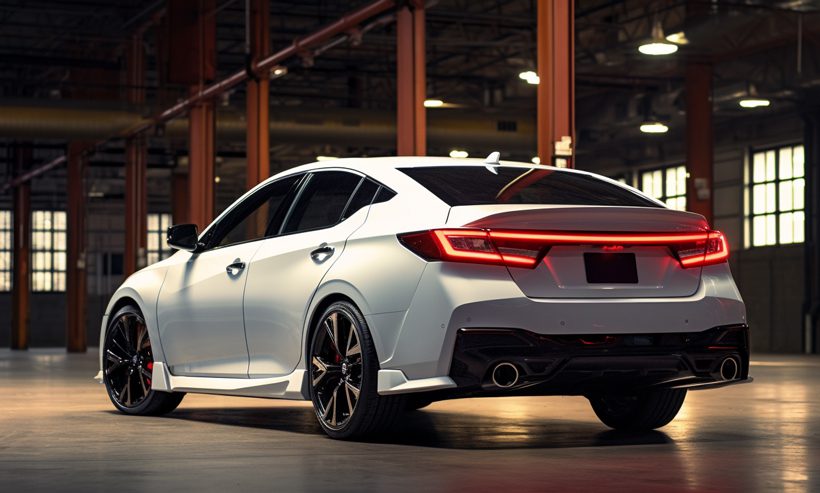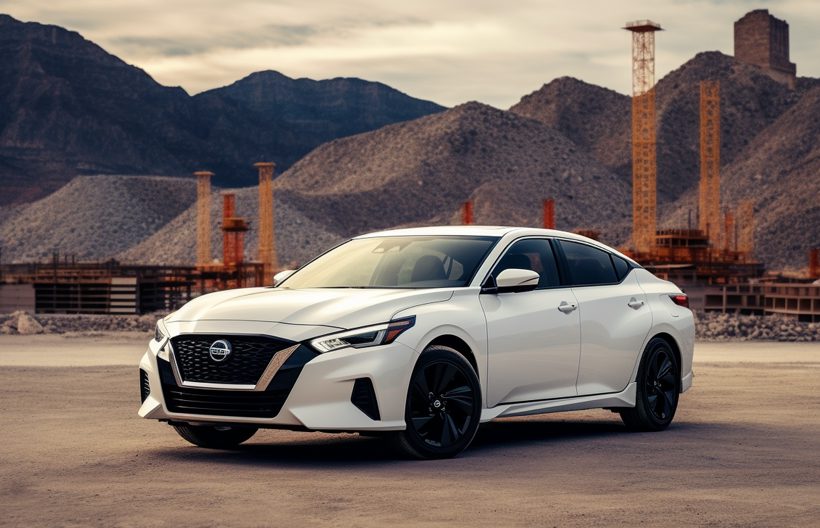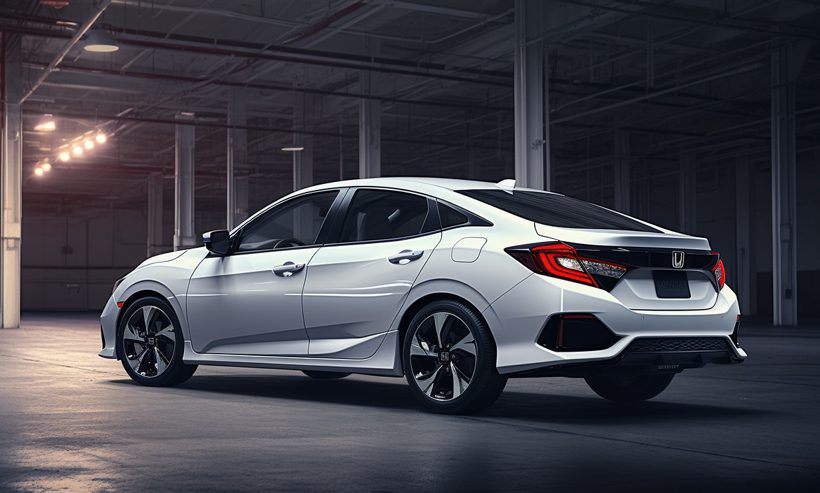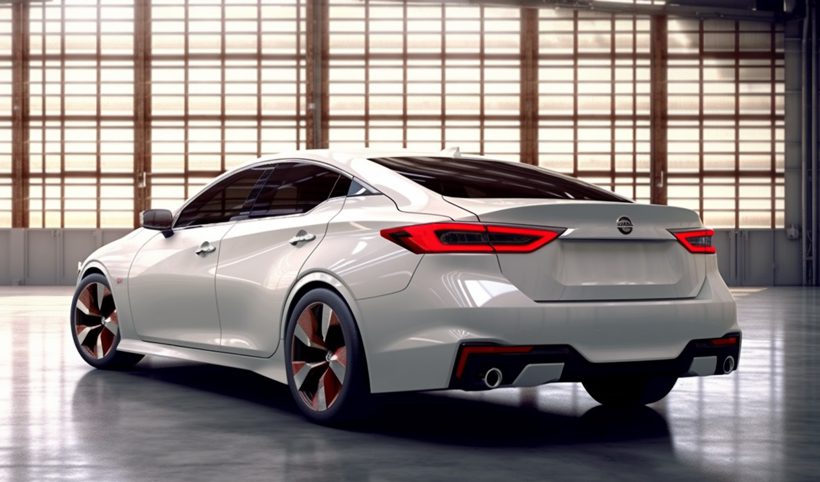8 Causes Of Brake Light Not Working But Tail Light Works!
Brake lights save passengers from many risks. But if it stops working, that could create measurable conditions. It can go bad, though the tail light works at the same time.
So, why does the brake light not working but tail light works? There is no connection between the brake light and the tail light bulb, socket, fuse, and connection. If the brake light bulb is fused, the brake light will not work without affecting the tail light. Also, a loose connection, burnt wire, and the wrong bulb could be the possible cause.
A detailed discussion about the causes of this problem is given. Also, you can follow the solution sections for easy repair. Stay here to know more!
Causes And Solutions Of Brake Light Not Working But Tail Light Works

These are some common causes of brake lights not working with solutions.
| Problems | Solution |
|---|---|
| Fused Bulb | You have to replace the bulb. Carefully remove the brake light from the car and replace the bulb. |
| Unsuitable Bulb | Check your car manual before changing the bulb. Or you can buy a similar one to the damaged bulb. |
| Loose Connection | Lift the socket connectors. Connect the bulb. |
| Blown Out Brake Light Fuse | Check the brake fuse. Replace if it is damaged. |
| Damage Brake Light Switch | Find the brake light switch and test if it is working or not. Replace it if it goes bad. |
| Problem In The Connection | Clean the connecting points of the engine. |
| Corrosion In The Socket Or Faulty Socket | Cut off the old socket. Connect the wire of the new socket with the end portion of the main wire. Cover the connecting point properly. |
| Burn Wire | Change the burnt wire. Better to take your car to the repair shop. |
Take a look below to get a detailed discussion and clarify your concussions.
Reason 1: Fused Bulb
The most common cause of brake light not working but tail light working is a bad bulb.

Solution
Check the bulb filament properly. If the filament is intact, it is not fused. Also, inspect the bulb surface. There will present a black spot on the inner surface if the filament gets burned.
If the bulb is fused, change it with a new one. Follow this process to do that:
- Open the driver-side door and pull the trunk releaser.
- Inside the trunk, there are flaps present just behind the brake light. Take the flap out.
- Now unscrew the two nuts.
- Disconnect the electrical wiring from the socket present there.
- Push a little force to separate the brake light from your car.
- Not in the center, the brake light bulb is present. Twist the bulb holder and it will come out.
- Push the bulb down slightly and rotate it left. It will then come out.
- Put a new bulb in the bulb holder. If you can not push it inside, rotate it 180 degrees and again set it.
- Now place back the wire, throw the hole, and place back the brake light in position.
- Push the light inside. Tighten the nuts.
- Connect the electrical wire and put the flap back.
If the installation is not done properly, the bulb can fuse immediately after installation.
Reason 2: Unsuitable Bulb
After changing the bulb, it can immediately get fused. It is because of the wrong bulb used. Also, if the bulb is narrower than the previous one, a gap will remain after installation.

Solution
First, check your car manual. If it demands a specific model, you should only use that. You can buy a new one and match it with the previously used one.
Reason 3: Loose Connection
A loose connection means there is a gap between the socket and the bulb. A gap will hamper the transmission of electricity. While changing a bulb, the accurate bulb can also be poorly connected. It is because the old one gets attached for a long time.
Solution
Before inserting a new bulb, follow these steps:
- Clean the socket properly.
- Find if there is any corrosion present.
- Check the socket with a multimeter.
- Use a sharp-edged instrument and enter it into the connectors.
- Press a little upward.
- Follow the process for each connector.
No gap will remain between the bulb and the connector if you follow this process.
Reason 4: Blown Out Brake Light Fuse
If the brake light fuse is damaged or broken, the brake light will not work at all.

Solution
The number of brake light fuses is different in every car model. Some have two, and some have three. Check the fuse through this process.
- Open the hood and you can find the fuse box.
- Open the lid and pull out the fuses for the brake light. Find if it is broken or not in the middle.
- Testing the fuses with a test light is the best way to determine whether it is working.
- Place the fuses back and touch the test light on its back side. If it works, the test light will light up while touching both sides.
- If any fuse is damaged, replace them with the same model new fuse.
Reason 5: Damaged Brake Light Switch
When the driver presses the brake paddle, the switch sends a signal to the brake light. But if the switch is damaged, the signal will not pass to the brake light. Ultimately, the brake light will not work.
Solution
Check the switch and replace it if needed.
- Disconnect the connector from the brake light switch.
- Rotate the switch counterclockwise and it will come out.
- Now, test the brake light switch with a multimeter.
- If it is bad, you have to replace the switch.
- Take a new switch back on the position. Rotate clockwise.
- Now, connect the opposite side with the connector.
Reason 6: Problem in The Connection
The ground connection is important for regulating all the car’s electrical functions. If the ground connection is not working, the brake light will not work. It occurs when there is any corroded or blocked wire present.

Solution
Follow the processes for better connection:
- Check with a multimeter if the connection is good or not.
- If not, disconnect the ground connection.
- Unscrew the wires of the car body, engine, and battery.
- Clean the connecting points.
- Replace if any wire is damaged and clean the others.
- Screw the wires tightly in position.
Reason 7: Corrosion In The Socket Or Faulty Socket
If the socket is corroded or bad, it will stop transmitting electricity to the bulb. So, if you find corrosion in the socket connectors or a damaged socket, you must replace it.
Solution
Before doing anything, disconnect the negative battery terminal to prevent short circuits. Then, follow the process.
- Cut off the damaged socket from the main wire.
- Strip the insulator. Do not harm the copper strands.
- Slide three wraps in the wires before connecting.
- Now, connect the wires of the new socket with the main wires.
- Connect the wires with the same color and twist firmly.
- Pinch the connection with pliers. Ensure that there are no protruding wires. It can puncture the heat wrap.
- Cover the exposed wire completely. Use a flame and move along the wrap. Do not hold it in one place for a long time.
- Do the same with other wires. You can use two wraps for one wire for better safety.
- Install the bulbs and check if it is working or not.
Reason 8: Burn wire
If you can not find any of the above problems, the internal wire could be burned. In this case, fixing the problem is not as easy as the above solutions.

Solution
First, you have to understand the brake system diagram. Find where the wire is damaged. In this issue, giving your car to the repair shop is better.
When brake lights function differently than tail lights, it could indicate underlying issues that need addressing. However, lighting isn’t the only potential problem area in vehicles. For instance, many Chevrolet owners report issues with the Chevy Equinox ABS warning light being on. Similarly, the Ford Escape’s ABS light illumination has been a concern for some. Each vehicle and model might have its specific reasons, so understanding and diagnosing them correctly is crucial for safe driving.FAQs
These are some commonly asked questions by people about brake lights not working.
Yes. You can, but you should not drive a car where the brake lights are not working. The brake light makes the other drivers aware that the car is going to slow down. Driving a car with bad brake lights can cause accidents.
No, the bad brake light will not affect the tail light. The wirings of these two lights are separate. Both work independently.
No, you should not change the tail light bulb while changing the brake light bulb. The tail light bulb may last longer than the brake light. So, it is wise to change the bulb after it blows out.
Conclusion
The most common cause of the brake light not working but the tail light works is a fused bulb. If the tail light bulb is not fused, but the brake light bulb is, it will stop working. Also, selecting and installing the wrong bulb can be the main cause.
Corrosion in the wire, socket, or burnt or loose wire hampers regulating electricity. If there is a blockage or damaged wire in the ground connection, the brake light will not work. Timely servicing of the car can solve most of the problems. Servicing can reduce the frequency of problems with brake lights.

